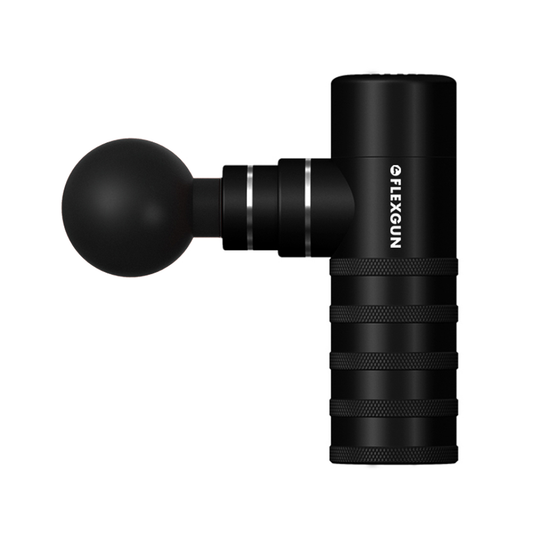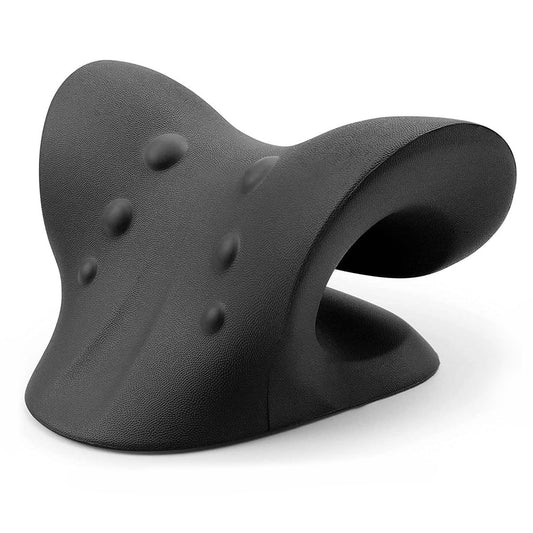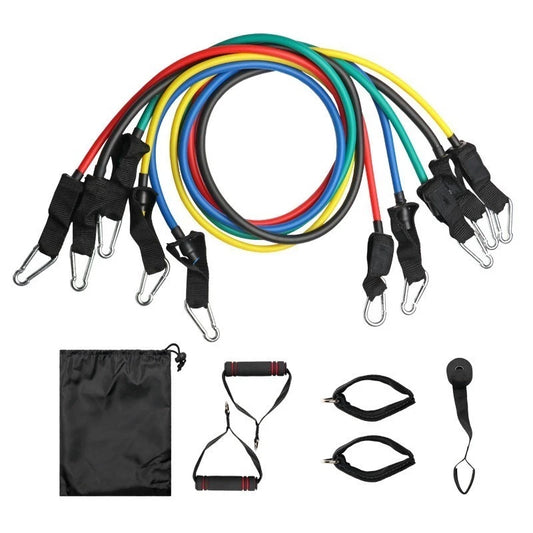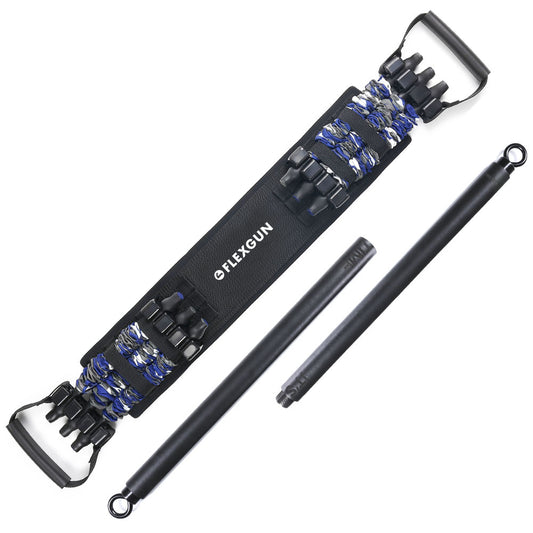Introduction
Muscle pain, a debilitating condition that can strike individuals of all ages and lifestyles, is a complex problem caused by a myriad of factors such as overuse, injury, tension, or stress. The resulting discomfort can significantly hamper daily activities, making it imperative to seek relief as soon as possible. While various medical treatments for muscle pain exist, home remedies have gained popularity for their accessibility, affordability, and effectiveness in providing relief.
Home remedies for muscle pain relief offer a natural, safe, and low side-effect alternative to those who wish to avoid prescription drugs or invasive procedures. This post will explore the importance of such remedies and present a range of options that can help alleviate muscle pain, including heat therapy, cold therapy, massage, and essential oils. In addition, we will also discuss stretches that may help mitigate muscle pain.
By the end of this post, you will have a better grasp of how to employ natural remedies to relieve muscle pain and, if interested, try them out for yourself. It is crucial to note that severe or persistent muscle pain requires a consultation with a healthcare professional. Now, let us delve into some of the best home remedies for muscle pain relief.
Natural Remedies for Muscle Pain Relief
Heat Therapy

Heat therapy is a natural approach for easing muscle pain by applying heat to the afflicted area. This method works by increasing blood flow to the area, which, in turn, helps to reduce inflammation and pain. Additionally, heat therapy has been shown to relax muscles and enhance flexibility, making it an ideal option for those experiencing muscle tension or spasms.
How to apply heat therapy
Numerous techniques can be employed to apply heat therapy to the affected area. One prevalent method is the use of a heating pad or hot water bottle. Simply place the heating pad or hot water bottle on the affected region for around 20-30 minutes at a time. Alternatively, taking a warm bath or shower can also help relax muscles and provide pain relief. You can also use a warm towel or heat wrap to apply heat to the affected area.
It is vital to exercise caution while using heat therapy to avoid burning yourself. Always test the heat source's temperature before applying it to your skin. Avoid using heat therapy on areas of the body that are swollen or bruised, as this could exacerbate the condition.
Cold Therapy

Cold therapy, also known as cryotherapy, is an effective natural remedy for muscle pain that involves the application of cold to the affected area. It can help reduce inflammation, swelling, and discomfort, making it an ideal option for people experiencing acute or chronic muscle pain.
How to apply cold therapy
To use cold therapy, you can apply a cold pack, ice pack, or even a bag of frozen vegetables to the affected area for about 10-20 minutes at a time. You could also use a towel soaked in cold water for the same duration. However, it is important to avoid applying ice or cold therapy directly to the skin, as this could cause damage to the skin and tissues.
While cold therapy can provide relief, it is important to be cautious when using it. Overuse of cold therapy for more than 20 minutes at a time can lead to skin and tissue damage. Also, avoid applying cold therapy on areas of the body with poor circulation or open wounds.
Massage

The utilisation of massage as a popular natural remedy for muscle pain entails the application of pressure to the affected area to alleviate tension and foster relaxation. Massage has been proven to enhance circulation, mitigate inflammation, and trigger the release of endorphins, which are intrinsic pain alleviators.
There exist sundry methods for conducting a massage within the confines of one's own home. One such approach is the utilisation of one's hands to exert pressure on the afflicted area, employing circular motions while progressively augmenting the pressure. Additionally, one can also utilise a foam roller or a massage ball to pinpoint specific regions of the body. The act of self-massage can be a valuable technique for mitigating muscle pain and tension, particularly in regions that are arduous to access, such as the neck or back.
A further option for massage includes the use of a percussive therapy device, such as the Flexgun mini. These apparatuses employ high-frequency vibrations to target deep-seated muscle tissue, thereby stimulating circulation and relaxation. The Flexgun mini can be particularly efficacious for athletes or those who suffer from chronic muscle pain, as it delivers targeted relief to precise areas of the body.
Essential oils

Essential oils, which are concentrated plant extracts, have been utilized for centuries due to their therapeutic properties. These oils are widely used as a natural remedy for relieving muscle pain, as numerous essential oils have anti-inflammatory and analgesic properties.
- Peppermint oil is a popular essential oil known for its cooling and pain-relieving effects. This oil can help alleviate sore muscles and mitigate inflammation.
- Lavender oil, on the other hand, is renowned for its relaxing properties and ability to reduce pain and inflammation.
- Eucalyptus oil has a warming effect, which can help relieve muscle pain and stiffness.
- Finally, rosemary oil has both analgesic and anti-inflammatory properties, making it a helpful remedy for muscle pain relief.
To use essential oils for muscle pain relief, one can either inhale them or apply them topically to the affected area. You can add a few drops of essential oil to a carrier oil, such as coconut or almond oil, and massage it onto the skin. Alternatively, adding a few drops of essential oil to a warm bath can help to relax sore muscles.
It is crucial to remember that essential oils are highly concentrated, and thus, one must use them with caution. Always dilute essential oils with a carrier oil before applying them to the skin, and do not ingest essential oils without consulting with a healthcare professional.
Stretches for muscle pain relief
Stretching is a highly effective method for relieving muscle pain and stiffness, increasing flexibility, and enhancing range of motion. Several stretches can aid in the alleviation of muscle pain, including the hamstring stretch. If you suffer from neck pain check out this blog on the 5 most effective at-home exercises that will help you alleviate neck pain.
Hamstring Stretch
The hamstring stretch targets the muscles situated at the back of the thigh, which can become tight and painful due to prolonged sitting or exercise.

Click the video below to watch a step-by-step tutorial
Here's how to perform the hamstring stretch:
- Start by sitting on the floor with your legs straight out in front of you.
- Slowly bend your right knee and place your right foot on the floor, keeping your left leg straight.
-
Reach forward with both hands and try to touch your toes, keeping your back straight.
- Hold the stretch for 15-30 seconds, then release and repeat on the other side.
To intensify the stretch, you can use a yoga strap or towel to loop around your foot and gently pull it towards you.
Remember to stretch gently and gradually, avoiding any sudden movements or bouncing. It is important to note that stretching should not cause pain or discomfort. If you experience any discomfort or pain, ease off the stretch.
Quadriceps Stretch
The quadriceps stretch is an effective way to relieve muscle pain and stiffness in the front of your thigh. This type of muscle pain can occur due to prolonged sitting or exercise.

Click the video below to watch a step-by-step tutorial
Here are the steps to perform the quadriceps stretch:
- Stand with your feet shoulder-width apart and your arms at your sides.
- Lift your right foot up towards your buttocks, and hold onto your ankle with your right hand.
- Gently pull your foot towards your buttocks while keeping your knees close together.
- Hold the stretch for 15-30 seconds, then release and repeat on the other side.
You can increase the intensity of the stretch by using a wall or chair for support and stability. Remember to stretch gently and gradually, avoiding any sudden movements or bouncing. If you experience any pain or discomfort, ease off the stretch immediately.
Incorporating stretching exercises like the quadriceps stretch into your daily routine can help prevent muscle pain and stiffness, promote overall flexibility and mobility, and reduce the risk of injury during physical activity.
Child Pose
Child pose is a yoga posture that can help to relieve tension in the back, hips, and thighs.

Click the video below to watch a step-by-step tutorial
Here's how to perform child's pose:
- Start on your hands and knees, with your wrists directly under your shoulders and your knees directly under your hips.
- Slowly lower your buttocks back towards your heels, keeping your arms extended in front of you.
- Rest your forehead on the floor, or a yoga block or towel if more comfortable.
- Allow your chest to sink towards the floor and breathe deeply.
- Hold the stretch for 15-30 seconds, or longer if comfortable.
The child's pose can be modified by using a cushion or blanket under the knees or forehead for support, or by widening the knees to provide more room for the torso.
It is important to remember to stretch gently and gradually, avoiding any sudden movements or bouncing. Stretching should not cause pain or discomfort, so if you experience any pain or discomfort, ease off the stretch.
In Summary
Muscle pain can be a debilitating condition that greatly impacts our daily lives. However, there are several home remedies that can effectively relieve muscle pain. Heat and cold therapy, massage, essential oils, and stretches such as the hamstring stretch, quadriceps stretch, and child's pose are just a few of these remedies.
If you are experiencing muscle pain, don't suffer in silence. Try incorporating some of these remedies into your daily routine to help alleviate your symptoms. Remember to listen to your body and avoid any movements or stretches that cause pain or discomfort. It's important to consult with a healthcare professional if your pain persists or becomes severe.
While home remedies can be effective for mild to moderate muscle pain, seeking medical attention is crucial if your pain is persistent or severe. A healthcare professional can help to diagnose the underlying cause of your pain and provide appropriate treatment options.
In conclusion, muscle pain can be challenging to manage, but there are several effective home remedies that can provide relief. By incorporating these remedies into our daily routine, we can promote overall health and well-being. Remember to always listen to your body and seek medical attention if needed.





